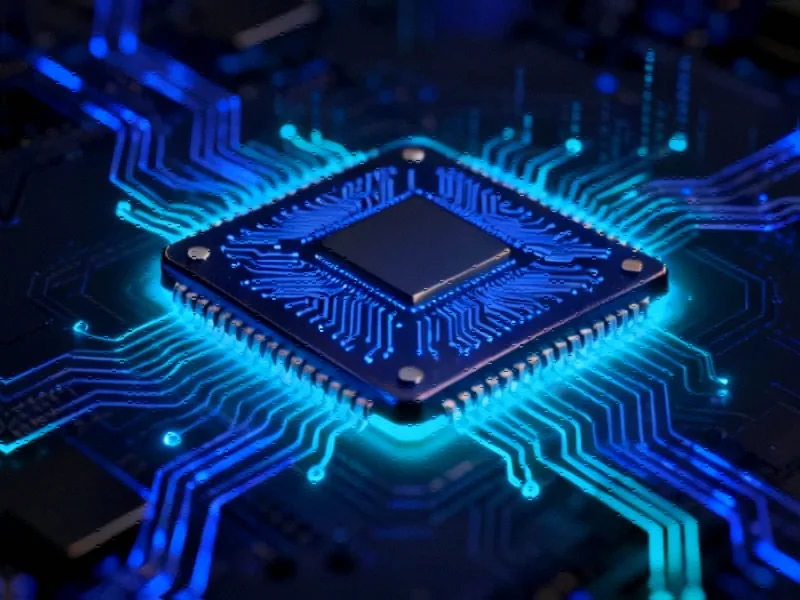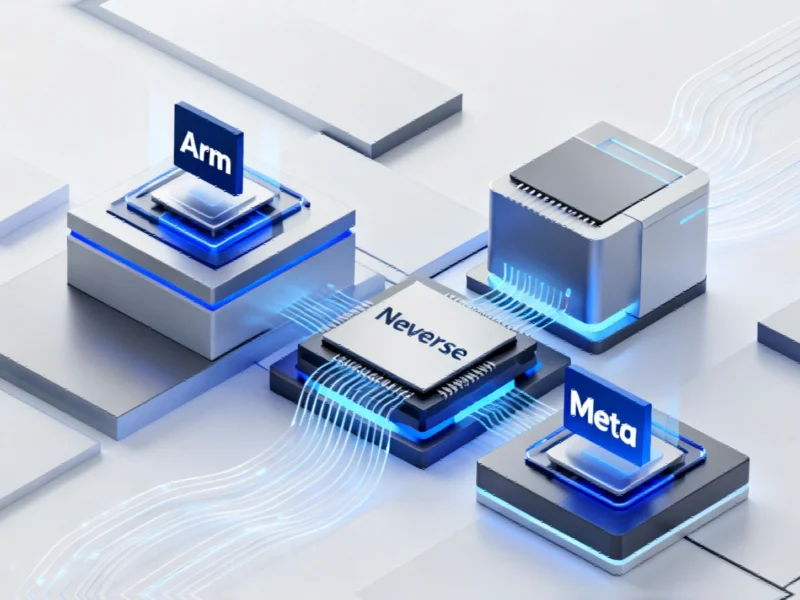Redefining AI Infrastructure with PCIe Gen6 Ethernet
Broadcom has unveiled the Thor Ultra, positioning it as the industry’s pioneering 800G AI Ethernet Network Interface Card designed specifically for the demanding requirements of modern artificial intelligence workloads. This breakthrough comes at a critical time when AI data centers are struggling with the limitations of traditional networking approaches, particularly when scaling across hundreds of thousands of specialized processing units.
Beyond Traditional RDMA Limitations
The Thor Ultra addresses fundamental constraints in conventional Remote Direct Memory Access (RDMA) technology, which has long been the standard for high-performance computing but falls short in today’s massively parallel AI environments. Traditional RDMA’s inability to effectively handle multipathing and provide scalable congestion control has become a significant bottleneck for AI infrastructure at scale.
Broadcom’s solution introduces several groundbreaking features that fundamentally change how data moves through AI networks. Packet-Level Multipathing enables more efficient distribution of network traffic across available paths, while Out-of-Order Packet Delivery ensures that data packets can be processed as they arrive rather than waiting for sequential delivery. These innovations represent a paradigm shift in network efficiency for AI workloads.
PCIe Gen6: The Performance Catalyst
The implementation of PCIe Gen6 x16 interface marks a substantial leap forward in throughput capabilities for Ethernet cards. This advanced interface enables the Thor Ultra to move data at speeds previously unattainable, making it particularly suited for the massive data transfers characteristic of AI training and inference workloads. The card’s ability to handle these extreme data rates without compromising reliability addresses one of the most pressing challenges in AI infrastructure development and deployment.
Comprehensive Feature Set for Modern AI Demands
Beyond raw speed, the Thor Ultra incorporates several sophisticated technologies that enhance both performance and security:
- Selective Retransmission: Rather than retransmitting entire data streams, the card only resends lost packets, significantly reducing latency
- Programmable Congestion Control: Enables dynamic adjustment to network conditions, preventing bottlenecks before they impact performance
- Line-Rate Encryption: Full-speed encryption and decryption with Protocol Security Processor (PSP) offload preserves host system resources
- Enhanced Reliability: Industry-leading bit error rate minimizes connection instability in high-demand environments
Open Ecosystem Approach
Unlike proprietary solutions that lock customers into specific vendor ecosystems, Broadcom has aligned Thor Ultra with the open Ultra Ethernet Consortium (UEC) specification. This strategic decision enables compatibility with a wide range of network switches and processing units, giving data center operators greater flexibility in their infrastructure choices. The open approach reflects broader industry developments toward interoperable, vendor-agnostic solutions.
Security and Integration Capabilities
Security features extend beyond basic encryption to include secure boot and signed firmware, establishing a hardware-rooted trust foundation. The card’s packet trimming and congestion signaling capabilities ensure seamless integration with Broadcom’s Tomahawk 5 and 6 switches, creating a cohesive networking environment optimized for AI workloads. These security measures align with increasing concerns about protecting sensitive AI models and training data.
Strategic Position in Broadcom’s AI Networking Portfolio
Thor Ultra represents a cornerstone in Broadcom’s comprehensive Ethernet AI networking strategy, joining other recently announced products like Tomahawk Ultra and Jericho 4. Together, these components form a scalable ecosystem designed to support the exponential growth of AI computing requirements. As noted in recent technology analyses, this integrated approach could significantly influence how AI data centers are architected in the coming years.
Market Implications and Deployment Considerations
While the technical specifications are impressive, practical deployment considerations remain. The transition to 800G Ethernet represents a substantial infrastructure investment, and organizations must evaluate whether the performance benefits justify the implementation complexity, particularly in environments that aren’t exclusively dedicated to AI workloads. The card’s sampling phase suggests that early adoption will likely begin with specialized AI data centers before potentially expanding to broader enterprise applications.
The introduction of Thor Ultra coincides with other significant related innovations in the computing landscape, highlighting the industry-wide push toward specialized hardware optimized for artificial intelligence applications. As AI continues to evolve from experimental technology to core business infrastructure, solutions like Thor Ultra will play an increasingly critical role in determining what’s computationally possible.
Broadcom’s sampling of the Thor Ultra to potential customers indicates that commercial availability may be imminent, potentially reshaping AI data center networking standards and challenging competing approaches to high-performance computing infrastructure.
This article aggregates information from publicly available sources. All trademarks and copyrights belong to their respective owners.
Note: Featured image is for illustrative purposes only and does not represent any specific product, service, or entity mentioned in this article.



